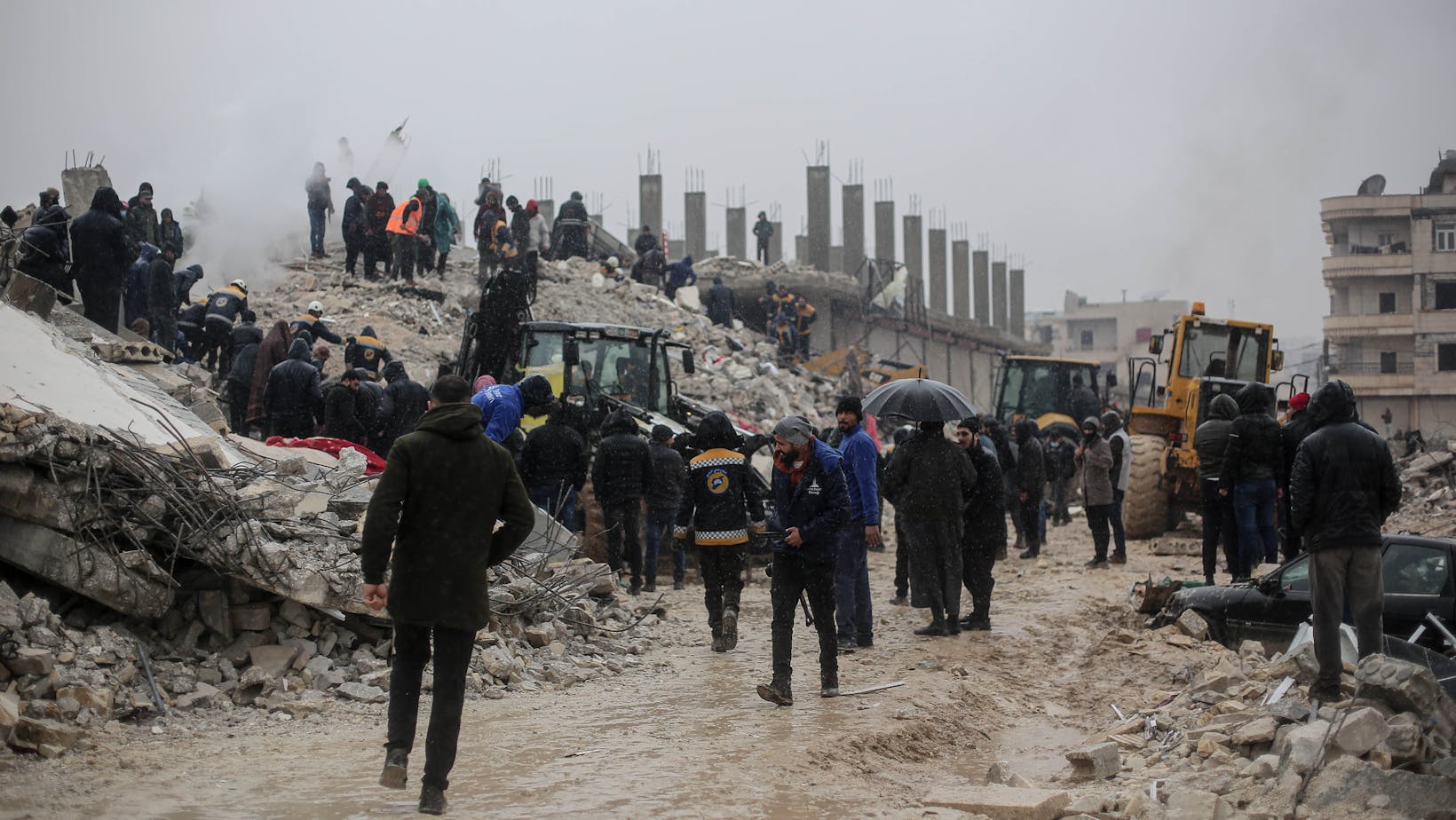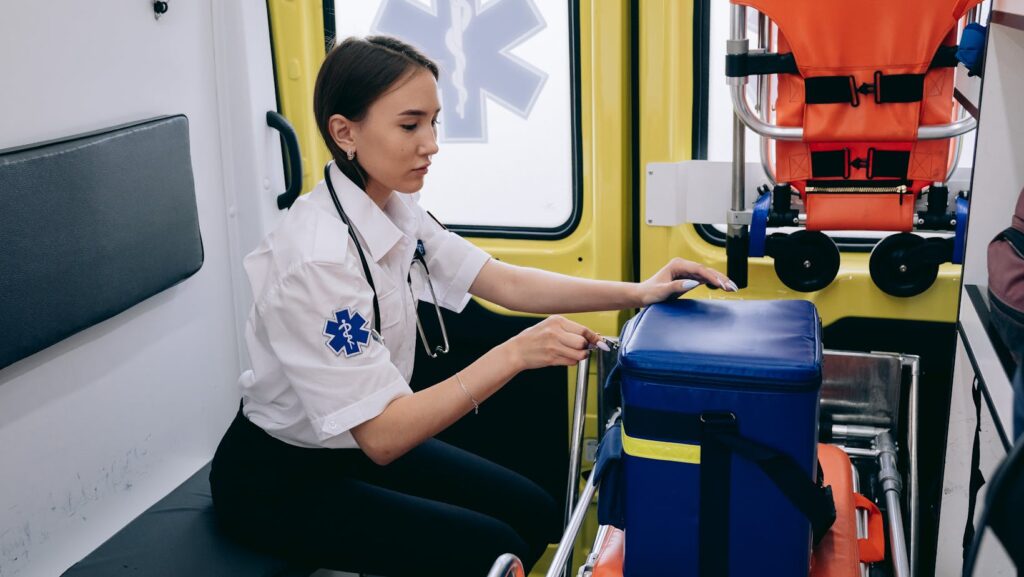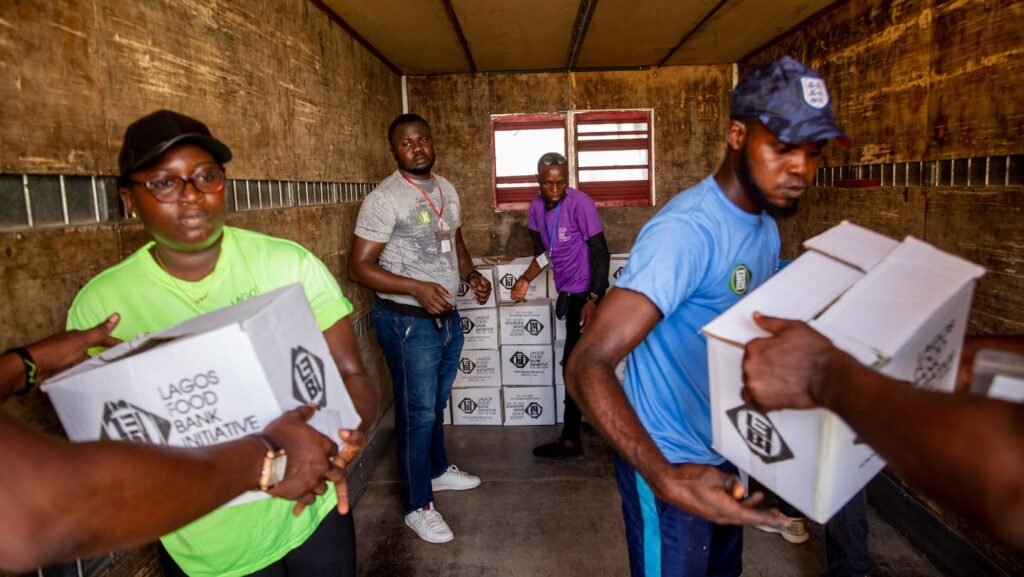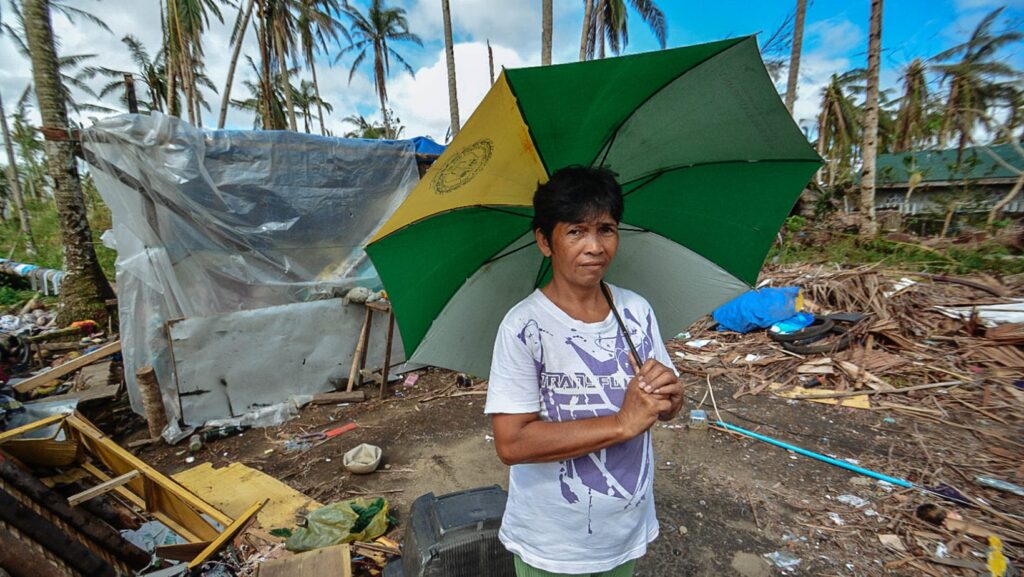When disaster strikes, it’s the prepared who stand the best chance of weathering the storm. Whether it’s a raging wildfire, a devastating hurricane, or a crippling earthquake, being ready can make the difference between chaos and calm. This article delves into the critical topic of disaster readiness, a subject that’s as timely as it is important.
Disaster Readiness
Gaining insights into disaster readiness ignites informed responses during calamities. It encourages an increased emphasis on preparedness, both individually and communally.

It’s paramount to outline the types of disasters as the preparedness measures differ significantly for each. Natural disasters, a chief concern, manifest in various forms, including wildfires, hurricanes, and earthquakes, and each demands a unique readiness strategy. Human-made disasters, such as industrial accidents, terrorist attacks, and armed conflicts, also necessitate attention and their respective strategies. Moreover, health-related predicaments like epidemics and pandemics underline the need for a well-rounded understanding of potential disasters.
Importance of Being Prepared
Once we’ve identified potential disasters, the significance of preparedness becomes glaringly evident. Being prepared reduces the impact of these events upon us, our loved ones, and our communities. It fosters resilience, safety, and peace of mind, enabling us to respond appropriately when calamities strike. Countries that prioritize disaster readiness ensure a rapid response and recovery, thereby minimizing the loss of life and property, and reducing the long-term social and economic impacts. The importance of readiness cannot be understated in light of recent events worldwide and the sheer scale of potential disasters.
Key Components of Disaster Readiness
An emergency kit is a paramount component in disaster readiness. These kits contain essential items to survive during a disaster, thus reducing dependency on external support. Examples of items in the kits typically include first-aid supplies, Water purification tablets, non-perishable food items, flashlights, and personal hygiene products among others.

Another crucial element of disaster readiness involves having a solid communication plan in place. This plan reflects the strategic coordination and dissemination of disaster-related information among family members. It specifies the means and methods of communication, such as designated meeting points and the utilization of devices like walkie-talkies for emergency scenarios where typical communication networks may fail.
The last component focuses on evacuation strategies. A well-devised evacuation plan, mapped in advance, can significantly enhance the safety of individuals and their families during a disaster. Such a plan delineates when, where, and how to evacuate, detailing escape routes, assembly points, modes of transportation, and destinations. It’s particularly crucial in areas prone to natural disasters like floods and wildfires.
Community Involvement in Disaster Preparedness
Local Resources and Training
Many communities already possess resources to foster disaster readiness, naturally creating opportunities for training and capacity-building. Several communities, for example, organize training sessions, simulating scenarios such as earthquakes, floods, or even pandemics to aid in preparing their residents for similar real-world occurrences. These trainings offer hands-on experience in coping with disasters, providing insights into actions that can save their lives and of those around them. Additionally, local agencies often provide resources like disaster preparedness toolkits and educational materials to support community competence in risk management.
How to Get Involved

Getting involved in disaster preparedness at the community level incorporates several activities. Residents can participate in local council meetings where disaster management plans are discussed, offering their inputs and suggestions. They can also volunteer in disaster readiness drills, which helps in understanding evacuation routes, safety procedures, and the efficient usage of emergency kits. Regular attendance at such training sessions ensures they’re familiar with the latest disasters management protocols. Moreover, individuals can support initiatives led by local organizations or NGOs that focus on educating and training community members on disaster preparedness.
Beyond Personal Preparedness
Disaster readiness isn’t just about personal preparedness. It’s a collective effort that involves everyone, from individuals to communities, even on a national level. The article’s focus on emergency kits, communication plans, and evacuation strategies underscores this. The role of community involvement in disaster preparedness, particularly through training and local resources, can’t be overstated.

